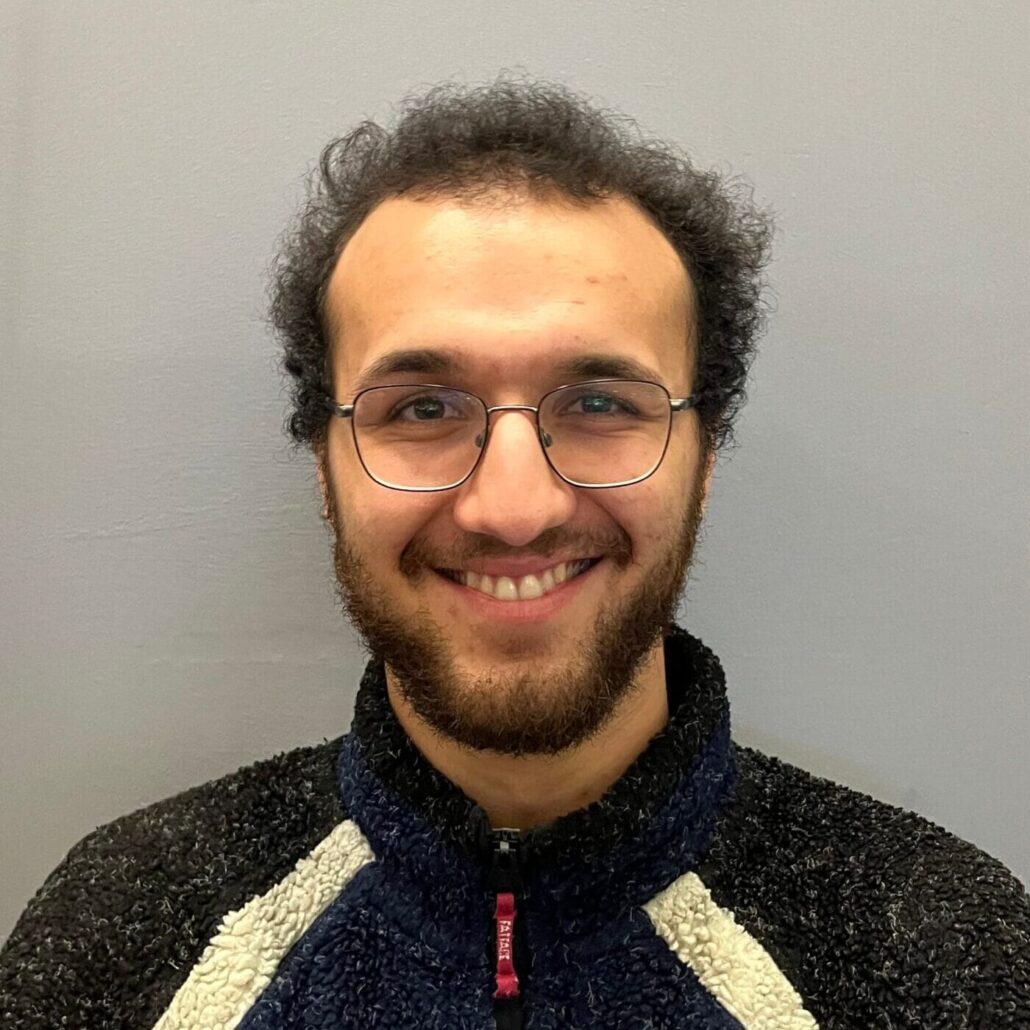The stellar nursery:
forming stars and planets
How are stars like our Sun formed? What happens in the planet-forming region at the time of planet formation? What happens in the planet-forming region at the time of planet formation? How do planets form and acquire their final mass? These are the kind of questions we are investigating within the astrophysics team at the University of Dundee.
Planet and star formation is one of the most fascinating topics for us humans, living on a planet, and we are therefore also very interested in revealing our findings, and exploring different ways to help the public participate in our daily research life. Our collaboration with the artist duo Semiconductor allows us to inspire the public to think and wonder about the capabilities of mapping what is nearly invisible, raising awareness in science communities about what can be achieved through art-science collaborations.
Observationally-based answers have to deal with one fact: the highest spatial resolution available nowadays is not enough to observe the immediate surroundings of stars. To gain information on the tiny scales of stellar radii and the innermost planet-forming regions of disks, indirect methods are required. Young stars are rich in emission (and absorption) lines, related to their winds, accretion, spots, and innermost disk gas. Optical lines contain a large number of atomic species that are produced in regions with a variety of physical conditions (temperatures and densities). Spectroscopy also allows us to measure the velocities of the hot and tiny structures, where the lines originate. Combining the velocity information with repeated, time-resolved data, we can reconstruct scales beyond the spatial resolution of interferometers.
Using time-resolved spectroscopy covering several rotational and disk orbital periods, we can obtain a very detailed view of the structure and variability of accretion columns and spots and information on the presence and launching points of stellar/disk winds in young stars. Understanding these processes and how they affect the observed spectra can also help us to identify (or rule out) the presence of young and newly-formed planets and stellar companions that may be perturbing the disk. Highly variable sources provide a further point: with the temperature varying during outbursts, we can spectroscopically access an even larger region of the disk and surroundings!
Observationally, we are currently working on the analysis of the spectra of young stars with different masses and behaviours, using the STAR-MELT code we are creating in Dundee. Emission line tomography and time-resolved data allow us to explore the structures around these objects by “reading between their (spectral) lines”… and maybe help us in the future to investigate young planet formation and to unveil why wild, and variable stars are so wild!
Grants:
2019-2022 The Planet-Disc Connection: Accretion, Disc Structure and Plant Formation, STFC (ST/S000399/1)
2020-2022 Reading Between the Lines: Translating Light from Science to Art, STFC Spark Award, (ST/V002058/1)



Dr Aurora Sicilia-Aguilar is a Reader at the University of Dundee and Physics Public Engagement Officer. She is also the SUPA Theme Leader for Astronomy & Space Science. She has worked in Spain, the USA, Germany, and, since 2013, the UK. She works with multiwavelength data from ground- and space-based telescopes to study the formation of stars and planets, in particular, using time-resolved observations to reveal what happens in the innermost regions around young stars, beyond what can be directly imaged. She is also the PI of the North-PHASE project, running at the Javalambre Observatory since February 2023.

Soko Matsumura
Dr Soko Matsumura is a theoretical astrophysicist, and her research primarily focuses on formation, evolution, and dynamics of planetary systems. She uses both numerical and analytical techniques to study problems that are often motivated by recent observations. In particular, she is interested in investigating the origins of orbital architecture of planetary systems, and the imprints of past orbital evolution of planetary systems on the observed systems. She is also interested in the physical processes that shape the circumstellar disks and the debris disks.

Scott Gregory
Dr Scott Gregory is a Lecturer in Astrophysics at the University of Dundee. He is an expert on stellar magnetic fields, particularly in young, pre-main sequence stars, and has previously worked on 3D models of magnetospheric accretion onto young stars using magnetic fields with an observed degree of complexity derived directly from magnetic maps obtained from Zeeman-Doppler imaging studies.

Ernesto Mustienes Rando is a PhD student working on data from the North-PHASE project for the Perseus region..

Dr Justyn Campbell-White, worked as a Post Doctoral Researcher on the STFC funded Planet Disc Connection project. He started this position in 2019, after completing his Ph.D. at the University of Kent. Justyn is working on developing the STAR-MELT analysis software that will facilitate the research project. Justyn has now moved to ESO in Germany, but he is still collaborating with us.

Adam Lockhart
Adam Lockhart is a Lecturer in Media Art and Archives at Duncan of Jordanstone College of Art and Design (DJCAD), University of Dundee. He is a specialist in the preservation, restoration and re-exhibition of time based media, both from practical and theoretical perspectives. He has has worked on numerous funded research projects on media art where he has contributed to many publications and curated exhibitions both nationally and internationally. He is also a musician and media artist.
Semiconductor
Semiconductor is UK artist duo Ruth Jarman and Joe Gerhardt. For over twenty years they have been making visually and intellectually engaging artworks which explore the material nature of our world and how we experience it through the lenses of science and technology, as a way to explore the limits of human perception and reflect on how we experience the world. They worked with us in the development of Spectral Constellations.


